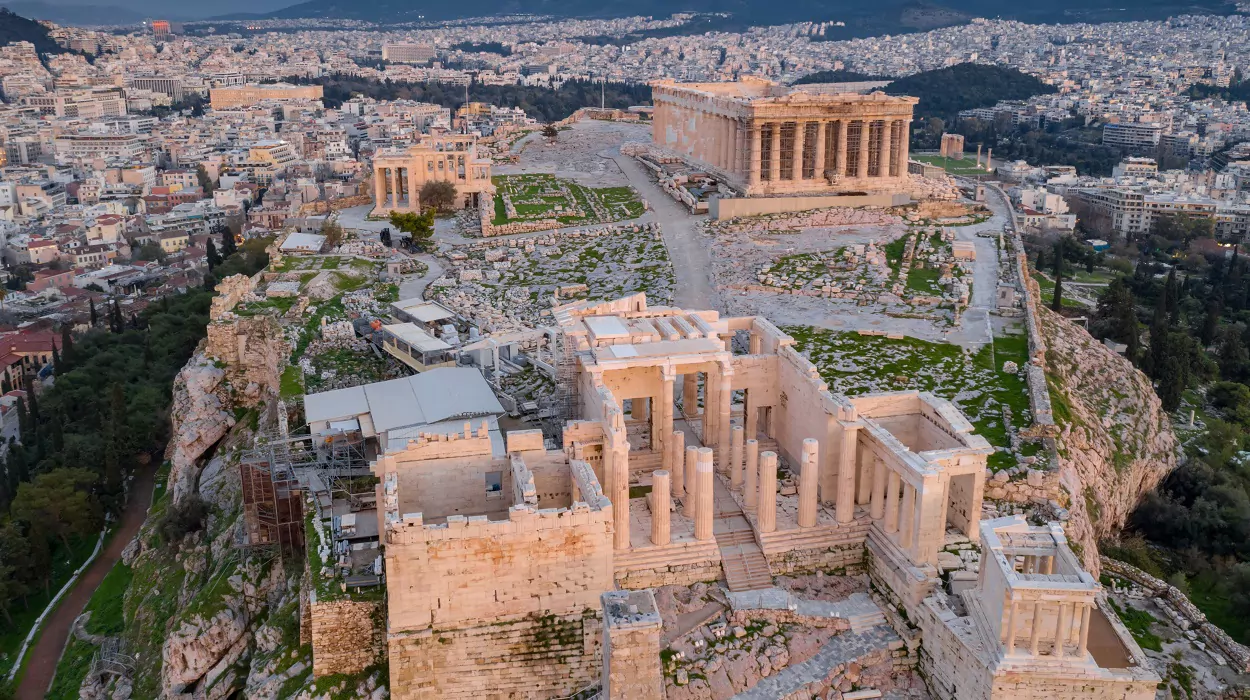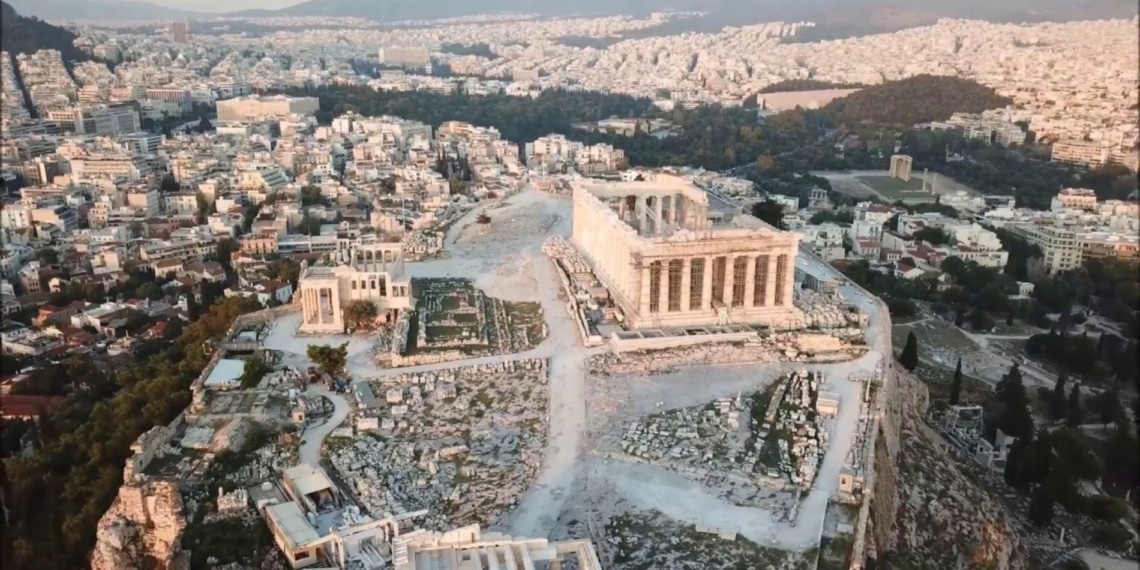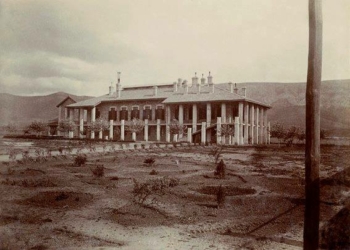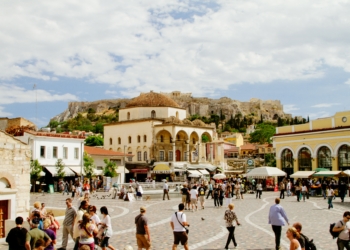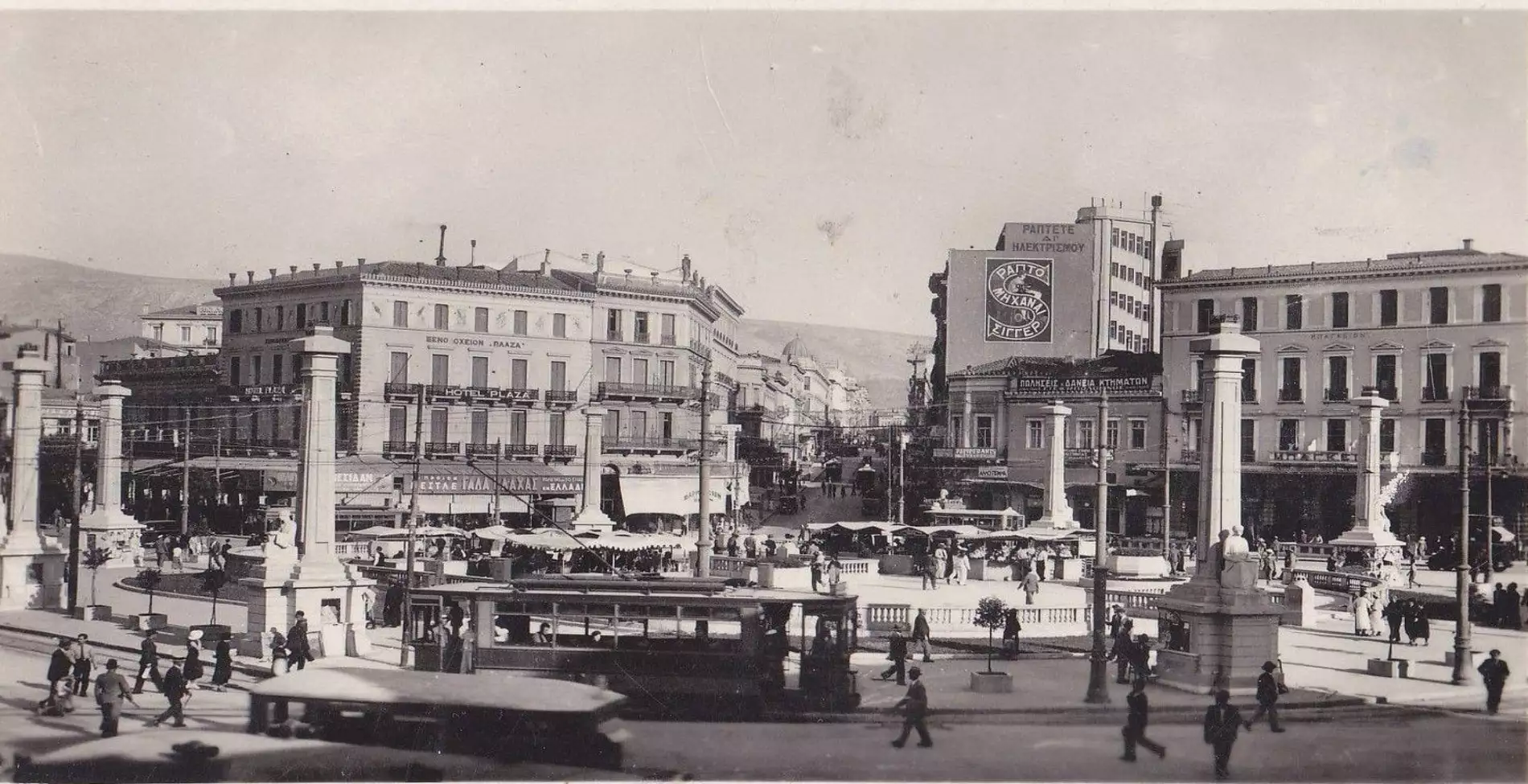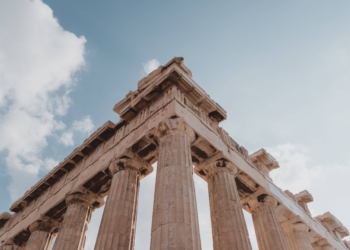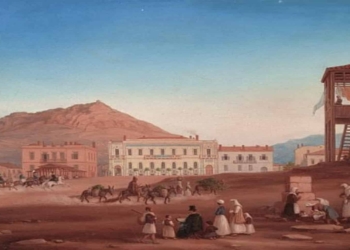The Acropolis has been a popular subject for photography for many years, and some of the most stunning shots are taken with drones nowadays. But we also admire the old photos that reveal not only the ancient monument but also the city of Athens as it was a hundred years ago. And of course, it is fascinating to see the oldest photo of the Acropolis, which dates back to 1842, over 180 years ago. The quality is not as good as what we are used to seeing from the Acropolis, but it still amazes us with its glimpse of a different time.
The oldest photograph was taken over 180 years ago
The oldest photo of the Acropolis that still exists today was captured from the Hill of the Nymphs and the Observatory. The man behind the camera was not only a photographer but also a painter. His name was Josepf-Filibert Girault de Prangey, and he learned the art of the Daguerreotype from its inventor, Louis Daguerre.
The photo was taken in 1842 after Greece had gained its independence from the Ottoman Empire. The city of Athens and the Acropolis looked very different back then. The new capital of Greece had endured a lot of destruction, especially during the eleven-month siege by Kioutachis, between June 1826 and May 1827. The Turkish soldiers finally left the Acropolis fortress on March 31, 1833.
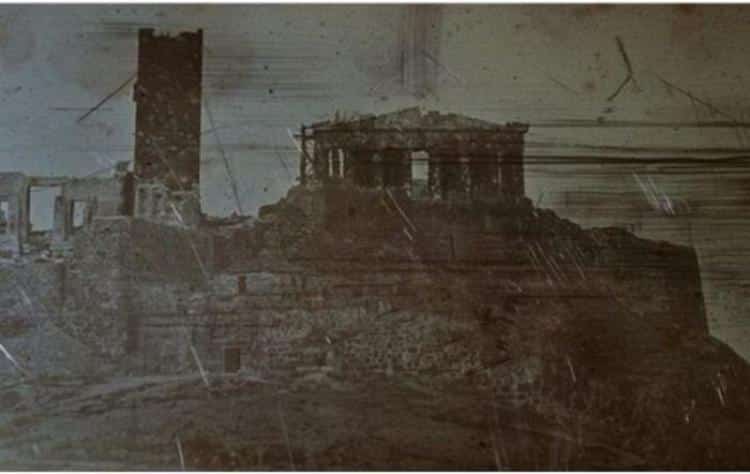
The regent Georg Maurer, who came to Athens in 1833 during Otto’s first visit, described the situation: “Athens, which had about 3,000 houses before the War of Liberation, now barely had 300. The rest were reduced to shapeless heaps of stones.”
The city of Athens underwent a significant and radical transformation after Kleanthis and Schubert arrived. The two architects settled in Athens in November 1831 and immediately started to make changes. They planned the systematic mapping of the city, then drew up their urban design proposal, considering the possibility of making it the capital of the new state.
A truth you may not know
You might have seen the Acropolis and the museum many times. But did you know that many parts of the sculptures, the frieze, and the ceiling panels were decorated with red, blue, and gold? The Parthenon was not always the white color that we see today. It had bright colors on various parts of it.
Travel to Greece – Google News – Follow us
Also Read:
Nemea: the place you should visit for an autumn weekend
Attica: Marathon Beach, the guaranteed value for autumn dives


